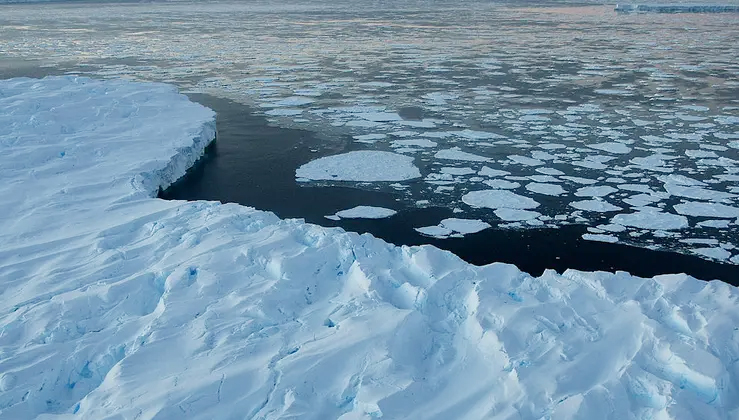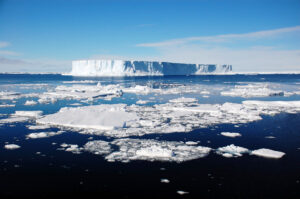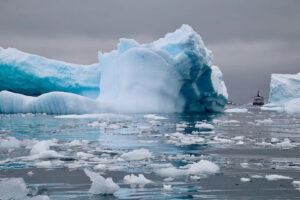Surprising Antarctic Ice Sheet Growth Halts Sea Level Rise — But Is It Just a Pause?

Antarctica’s ice sheet saw an unexpected growth between 2021 and 2023, reversing a decade of ice loss due to increased snowfall. Scientists urge caution, noting this may be a short-lived anomaly.
Antarctica’s Ice Sheet Unexpectedly Expands Amid Record Snowfall, Defying Decades of Decline
In an unforeseen twist at the Earth’s southernmost point, Antarctica’s vast ice sheet has begun to grow again — reversing a long-standing trend of ice loss that had contributed significantly to global sea level rise. According to a newly published study in Science China Earth Sciences, the Antarctic Ice Sheet (AIS) experienced a record mass gain from 2021 to 2023. This surprising turnaround is primarily attributed to an unusual surge in snowfall, particularly across East Antarctica — a region once considered at risk of irreversible glacial decline.

Satellite Observations Reveal Remarkable Mass Shift
A team of researchers from Tongji University and partner institutions analyzed data from NASA’s GRACE and GRACE-FO satellite missions. These satellites detect subtle changes in Earth’s gravitational field to measure variations in ice mass. From 2011 to 2020, the AIS was shedding approximately 142 gigatons of ice annually. But between 2021 and 2023, the pattern reversed dramatically — with the continent gaining about 108 gigatons per year. This uptick temporarily slowed global sea level rise by an estimated 0.3 millimeters per year.

Key Glacial Basins See Unprecedented Recovery
The most substantial ice gains occurred in East Antarctica’s Wilkes Land and Queen Mary Land regions. The Totten, Denman, Moscow University, and Vincennes Bay glacier basins — all of which had previously shown signs of accelerating melt and instability — saw some of the most significant recoveries. These regions had been hotspots for ice loss due to a combination of increased surface melting and accelerated discharge of ice into the ocean.

Temporary Reprieve or Long-Term Shift?
While this newfound growth offers a glimmer of hope, scientists caution against interpreting the data as a reversal of the global climate crisis. The recent ice accumulation appears to be the result of anomalously high precipitation levels, likely linked to unusual atmospheric conditions. These conditions may not persist over the long term. The Antarctic Ice Sheet stores over half of Earth’s fresh water and has long been a major driver of sea level rise — alongside melting in Greenland and ocean warming-induced thermal expansion. This recent growth highlights the volatility and complexity of polar systems and underscores how quickly these fragile regions can respond to climatic variability. Whether this marks a longer-term trend or a short-lived anomaly remains uncertain. Continued satellite monitoring and climate modeling will be essential in refining projections for future sea level rise and understanding the polar climate system.





